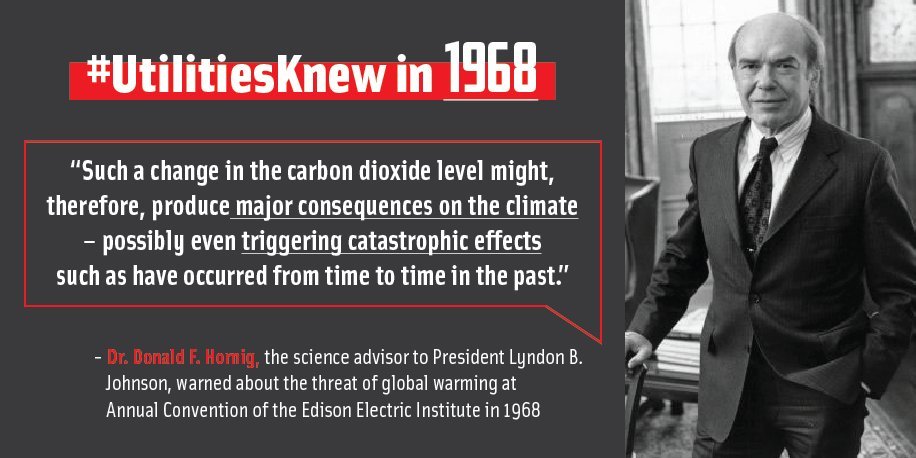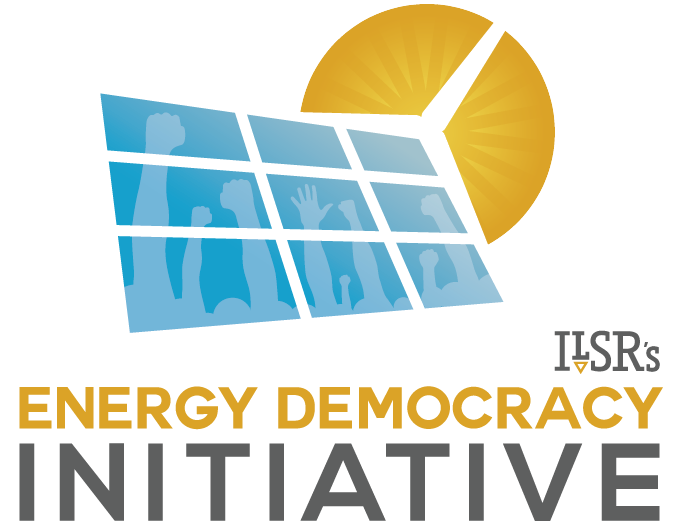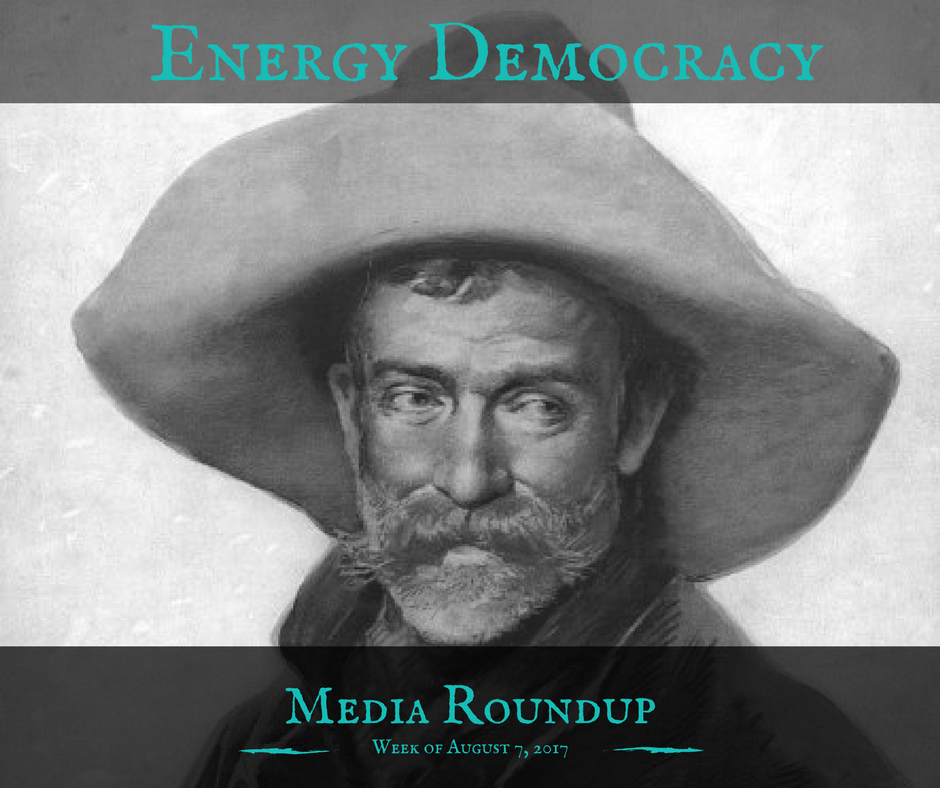If you work to secure Americans’ rights to solar energy or to accelerate the deployment of inexpensive renewable energy, you understand that not everyone is in favor. In particular, incumbent electric utilities tend to oppose competition in their (often monopoly) share of the electricity market.
Where competition exists, it is plagued by unfairness. Below, we share three resources from one remarkable organization — the Energy and Policy Institute — to help advocates, regulators, and legislators understand the advantages of incumbent utilities and the ways they use their market and political power to undermine fair competition.
Political Deception
In Florida last year, incumbent utility Florida Power & Light and its allies bankrolled a campaign for a constitutional amendment to limit competition from customer-owned solar power, but with language designed to make it seem pro-solar. The utility incumbents spent nearly $30 million in the effort. The campaign might have succeeded, but for the release of an audio clip of a utility lobbyist describing its deceptive nature. In the end, 60% of Floridians rejected the Trojan horse solar amendment, but still lament that the “Sunshine State” ranks just 13th for installed solar energy — despite ranking 3rd in solar potential.
Financial Hijinks
This year, the Energy and Policy Institute exposed another dark secret: many utilities use money from their customers to pay dues to a trade organization — the Edison Electric Institute — that frequently produces research and policy defending utilities’ monopolies in the face of market competition. One such example? An Edison-funded campaign against rooftop solar.
Buried Liabilities
Utilities’ first warnings about climate change came in the late 1960s, and they actually used customer money to finance climate science studies through the 1970s and early 1980s. But by 1990, many utilities had opted to bankroll climate doubt rather than change their business model to incorporate renewable energy. The disinformation campaign leaves utility companies open to lawsuits for the environmental damages of power plants built or retrofitted since this time, with billions of dollars in potential liabilities –and utility customers may be on the hook.
The disruption of new distributed renewable energy technology offers an opportunity for innovation in the electricity sector that has already begun to lower energy costs and reduce pollution. But incumbent utilities still have enormous market and political power, and Energy and Policy Institute helps expose the ways they wield that to tilt the playing field to their advantage.
Photo credit: Shawn Carpenter via Flickr (CC BY-SA 2.0 license)
This article originally posted at ilsr.org. For timely updates, follow John Farrell on Twitter or get the Energy Democracy weekly update.








